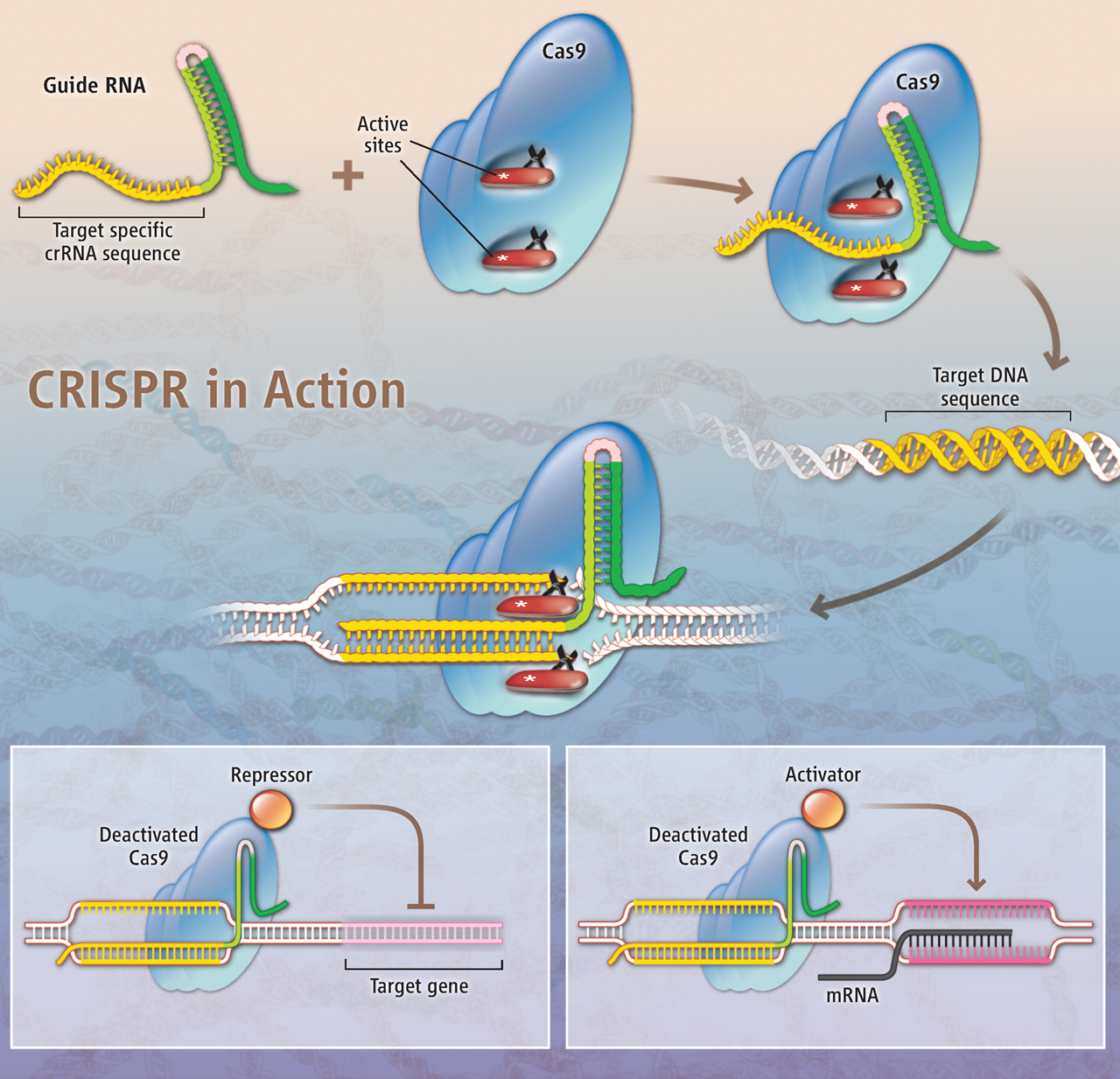Genomic Microsurgery the Good and the Bad
Main Article Content
Abstract
Genomic microsurgery is a type of genetic modification whereby DNA segments are inserted, removed, or replaced in order to obtain desired phenotypes. It has only recently been developed but already brings with it possibilities to customize one’s genome to eliminate diseases or obtain certain traits.
Crispr, or “clustered regularly interspaced short palindromic repeats,” are found in bacteria and known to help bacteria fight off viruses. Crispr contains DNA sequences of viruses which have infected the bacteria or its ancestors, each separated by a short repeat. Using Crispr, the bacteria can recognize a viral gene and destroy it. When a novel virus invades, the new viral DNA sequence will be added to the end of the chain. Crispr is known to work in human cells even though we do not have Crispr-based immune system. Before the Crispr gene is incorporated into the human genome through genomic microsurgery, there are ethical questions which must be considered.
The benefits of incorporating Crispr into the human genome can be significant, one of which would be the potential to replace vaccines. However, there are unknown side effects (caused by introducing Crispr into the human genome) that may significantly harm individuals. Furthermore, genomic microsurgery does not yet have adequate specificity, scientists are still trying to make these ‘edits’ more specific, and the effectiveness of incorporating any gene into the human genome is unknown. How confident should scientists be of this technique before they start human experimentation or marketing to the public?
Aside from its potential benefits, the topic of gene editing raises fear of people wanting designer babies. Parents would be able to use it to edit the DNA of their embryos once it is available to the public. But each time the topic of gene alteration has come up in discussion, professionals in the field of genetics have stressed the fact that each individual—without exception—carry a number of lethal mutations. No one has a perfect genome; this may say something about our evolution and the ability of someone with the perfect genome to survive. So while scientists are still learning more about genomic microsurgery, it is essential to develop ethical guidelines and regulations to ensure that it will not be abused by the human desire to create the perfect, dream-child.


